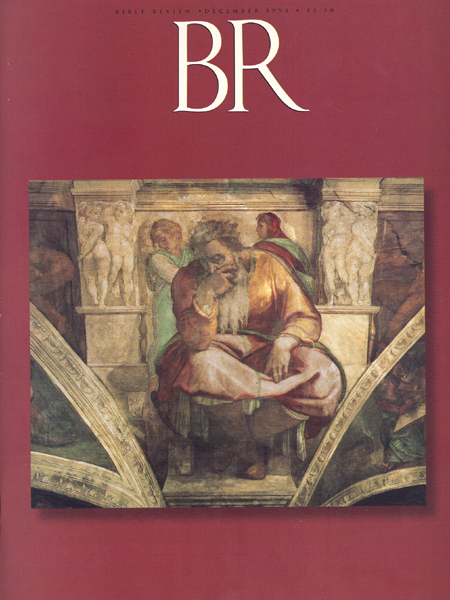Image Details

Scala/Art Resource, New York
ON THE COVER: Grieving but resigned, Jeremiah is depicted in this fresco by Michelangelo (1475–1564) in the Sistine Chapel. The prophet Jeremiah lived through the later years of ancient Israel’s nationhood (mid-seventh century to early sixth century B.C.E.). His sorrows so moved Michelangelo that this painting is thought to be a partial self-portrait. Born under Assyrian rule, Jeremiah witnessed a succession of overlords as his native Judah, after a period of independence, was conquered by the Egyptians (609–605 B.C.E.) and later by the Babylonians, who destroyed Jerusalem in 586 B.C.E., beginning the period of Exile. “Why did I come forth from the womb,” Jeremiah laments, “to see toil and sorrow, and spend my days in shame?” (20:18). This lyrical prophet spent his last years as a refugee in Egypt. In “Jeremiah’s Polemic Against Idols,” Philip J. King draws on archaeological evidence to enrich our understanding of the prophet’s diatribe against idol worship.
